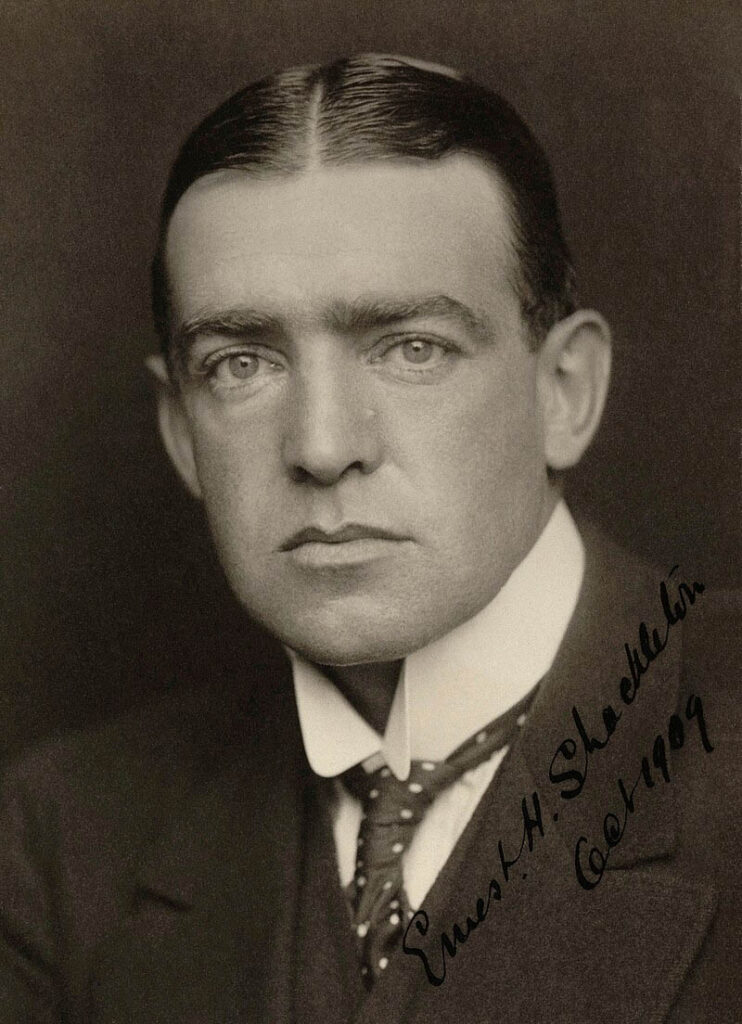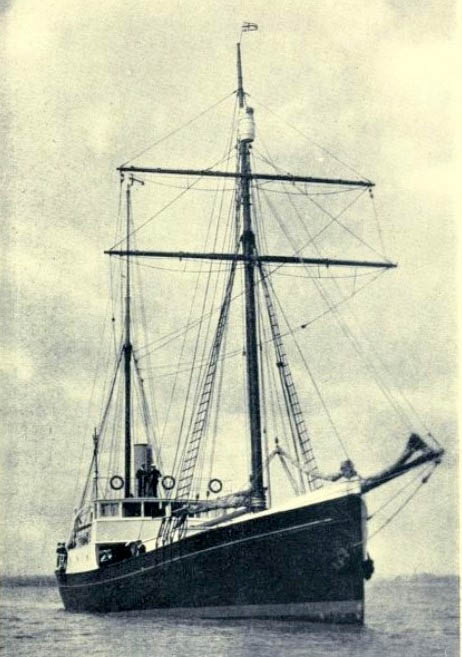The Irish explorer Sir Ernest Shackleton’s last expedition ship, the Quest, has finally been found in the cold Atlantic waters by a crew under the direction of the Royal Canadian Geographical Society.
The wreck was found on Sunday (June 9, 2024) by sonar scans, according to John Geiger, the expedition leader of the Shackleton Quest, sitting on its keel 390 meters (1280 feet) below the surface of the ocean approximately 80 kilometres off the coast of Labrador.
Sir Ernest Shackleton
At the age of ten, Shackleton and his Anglo-Irish family relocated to Sydenham, a suburban area of south London, from Kilkea, County Kildare, Ireland, where he was born. As the third officer on Captain Robert Falcon Scott’s 1901–1904 Discovery Expedition, Shackleton had his firsthand experience in the polar regions. Scott, Wilson, and Shackleton set a new southern record by marching to latitude 82°S on the expedition, and Shackleton was returned home early due to health concerns. He and three companions set a new record for the Farthest South latitude during the Nimrod Expedition of 1907–1909, measuring 88°23′ S. This was the largest advance to the pole in exploration history, coming within just 97 geographical miles (112 statute miles or 180 kilometres) of the South Pole.

Three British expeditions were headed by the Anglo-Irish Antarctic explorer Sir Ernest Henry Shackleton (15 February 1874 – 5 January 1922). He played a significant role during what is referred to as the “Heroic Age of Antarctic Exploration.”
Read The Scuba News Canada on “The Endurance Is Found”
Deeply in debt and unable to fulfil the financial assurances he had offered his supporters, Shackleton immediately resumed a rigorous program of talks, public appearances, and social engagements following his return from his Antarctic exploits. It is believed that most of his debts were written off. He then tried to use his fame to his advantage by becoming extremely wealthy in business. He intended to support a number of businesses, including a tobacco company, a plan to sell collectors overprinted “King Edward VII Land” postage stamps, which were based on his appointment by the New Zealand government as Antarctic postmaster, and the development of a Hungarian mining concession he had acquired close to Nagybanya, which is now in Romania.
Though he had recently moved to Sheringham, Norfolk, with his family in September 1910, he still harboured aspirations of going back south but opted at the time, not to pursue another exhibition south.
Last Voyage
After making a comeback to giving lectures, Shackleton published “South”, his personal narrative of the Imperial Trans-Antarctic Expedition, in December 1919. Weary of giving speeches in front of large crowds, he started thinking about doing one last expedition in 1920. He considered very seriously visiting the mostly uncharted Beaufort Sea region of the Canadian Arctic, and some interest in this plan was generated from the Canadian government. However, the plan was abandoned when the government withheld financial support, under then Prime Minister, Arthur Meighen. Shackleton purchased a 125-ton Norwegian sealer, Foca I, with money donated by his old school friend John Quiller Rowett and renamed it Quest.

Shackleton characterized the effort as a “oceanographic and sub-antarctic-expedition” when the original plan was altered and the Antarctic was chosen as the destination. The expedition’s aims were vague, but they included exploring some “lost” sub-Antarctic islands, such Tuanaki, and circumnavigating the continent of Antarctica. The entire voyage came to be known as the Shackleton–Rowett voyage because Rowett agreed to fund it all.
Upon arriving in Rio de Janeiro, Shackleton appeared to be having a heart attack but declined a thorough medical examination. Quest headed south and reached South Georgia on January 4, 1922. Early the following morning, Shackleton called Alexander Macklin, the expedition’s doctor, to his cabin, citing soreness in his back and other areas. Macklin himself claims that he advised Shackleton to “lead a more regular life” because he had been overdoing things. Shackleton responded, “You are always wanting me to give up things, what is it I ought to give up?” In response, Macklin said, “Chiefly Alcohol, Boss.” Shortly after, on January 5, 1922, at 2:50 a.m., Shackleton had a deadly heart attack. He was only 47.
With Shackleton’s passing, the Heroic Age of Antarctic research came to an end. It was a time of scientific and geographical research undertaken in a mostly uncharted continent without the advantages of radio contact or contemporary transit techniques.
Even though Quest survived and continued to function well into the 1960s, her advanced years were beginning to take a toll on her, and she had an unfixed leak that had been there for months. She was crushed on April 1, 1962, while trapped in the Labrador Sea’s ice, while on a seal hunt.
When water overflowed Quest’s engines early on May 5, her captain, Olav Johannessen, ordered the ship to be abandoned. After the crew, some cargo, and valuables were evacuated to other ships, Quest sank beneath the waters at 5:40 p.m.
There she remained unfound until June 9, 2024 by a crew under the direction of the Royal Canadian Geographical Society, which included Jill Heinerth.






